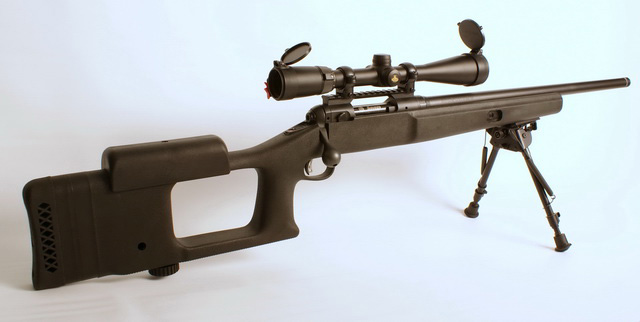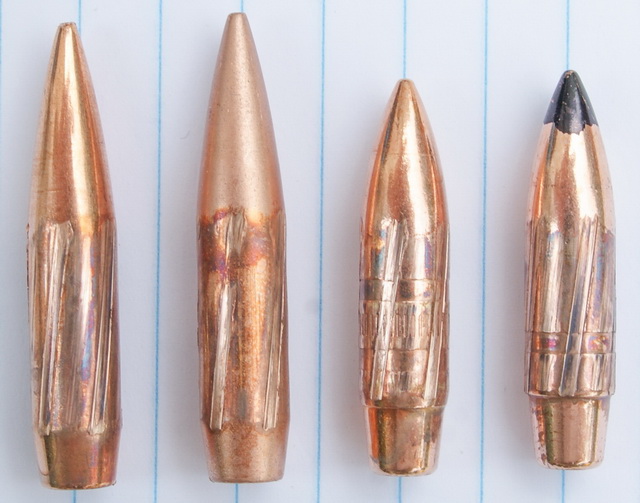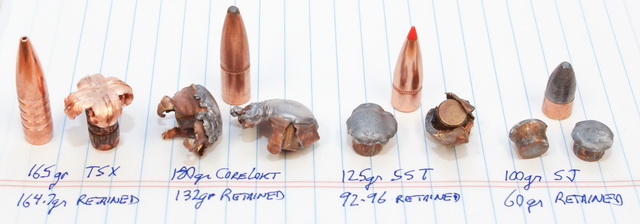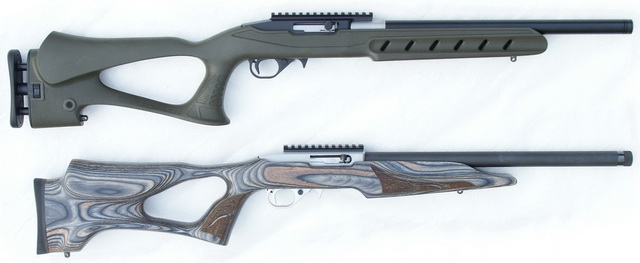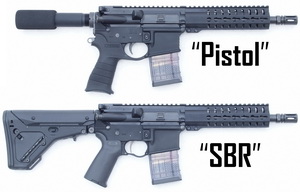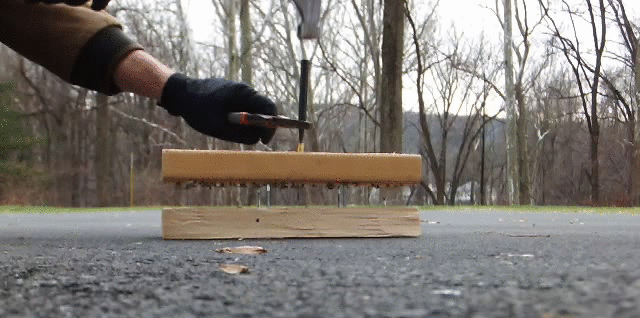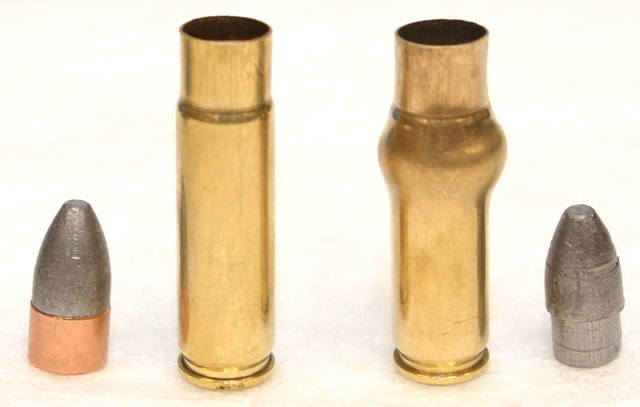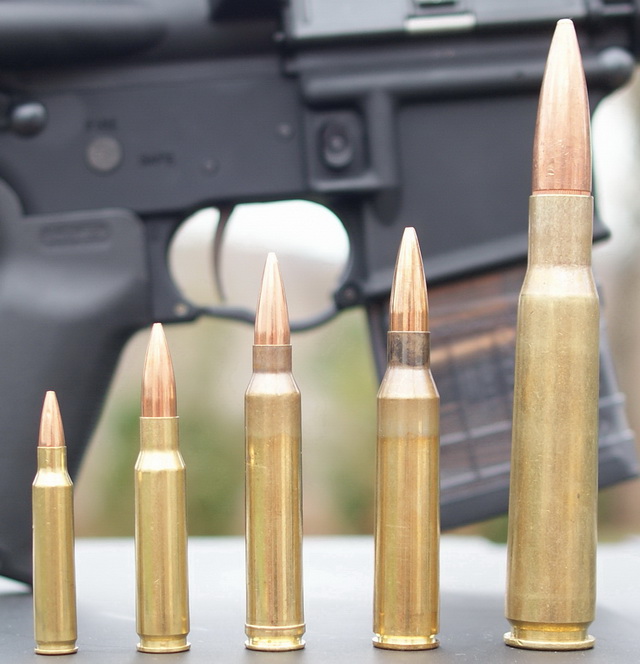In Part I we noted that water provides a good model of a bullet’s terminal ballistics. We discovered that while slow rifle bullets don’t deform in water they do destabilize and virtually stop after a few feet. At higher speeds they mushroom and/or disintegrate, again causing them to stop within a few feet.
In Part II we discovered that conventional bullets will ricochet back out of the water when fired at shallow angles, but that bullets fired base first are uncannily stable. There has been long-standing military interest in producing bullets that can be fired into or under water and retain accuracy and energy over any significant distance. Supposedly very long tungsten-core bullets (with extreme sectional densities) can “swim” up to 40 feet, but those are experimental projectiles that require special guns.
Curious to see what sort of distance and accuracy could be obtained by the common rifleman we did a series of studies with 225gr Hornady OTM .30″ bullets. First we checked the effect of velocity. Fired base-first these bullets begin to deform about 2000fps on impact with the water. They disintegrate above 2200fps.
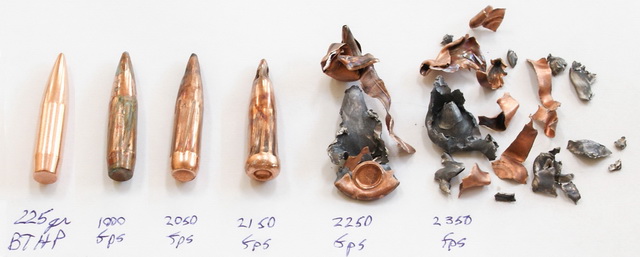
About half the time there is a second significant cavity that forms 4-8 feet from water entry, and most of the time when it does form the bullet diverts as much as 45 degrees from its original trajectory. An example is in the following still:
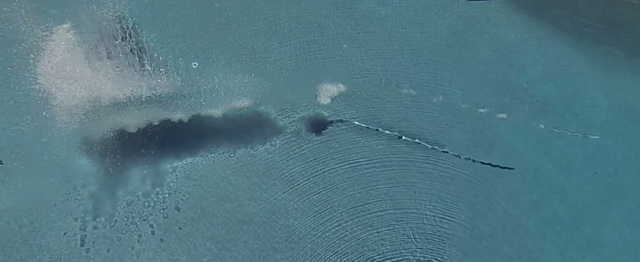
The most consistent effect of the higher velocity bullets was to increase the size and redirection of the second cavity. Bullets fired at 1000fps traveled about 14 feet, while the 2000fps bullets “swam” about 20 feet before essentially stopping and sinking to the bottom. The distinction is that the slower bullets pretty much followed a straight line and didn’t suffer significant deflection or secondary cavitation.

The bullets give up about half their speed within the first 5 feet of water, but are they good enough for fishing? We set up an underwater target 7 feet from the point of entry into the water and fired at an angle of 7 degrees to the water’s surface from a distance of 25 feet. A string of 5 subsonic shots printed a group on the target with an extreme spread of 7″. I’m not a fisher, but in comparison to traditional rifle bullets, which aren’t effective beyond 3 feet, these base-first bullets are remarkably effective in terms of both underwater precision and swim distance.
